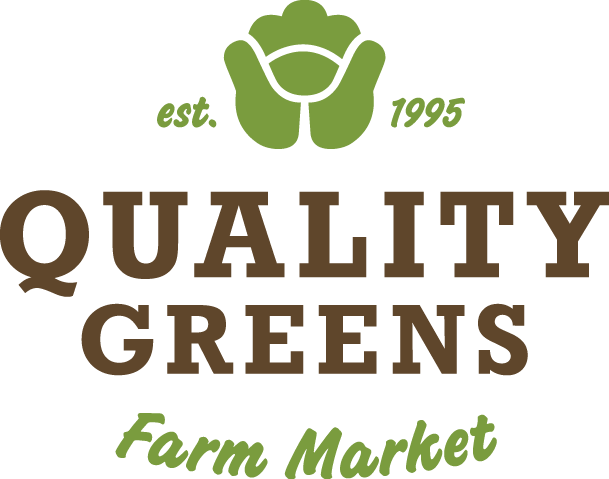
Bacteria & Antibacterial
November 4, 2020 by Lisa Aschenbrenner
Bacteria and the antibacterial connection.
For the past 7+ months, we have been very much aware and using much more antibacterial soaps and cleaners than ever before.
While there is bacteria that is harmful, there is also incredibly helpful and health promoting bacteria. Not all are created equal. We need bacteria. I somewhat worry about how much this increase in antibacterial use will affect our good bacteria.
You likely have heard of gut bacteria, microbiome, flora, probiotics, and such. These all refer to the same groups of good bacteria which lives both inside and outside of our bodies.
These good bacteria help us in our health with a number of jobs that they do for us. They help us digest our food better in our digestive system. From our mouth, right down to our large intestine, we have a need for good bacteria in our lives. The majority of good bacteria is in our small intestine, where we break down and absorb most of the nutrients in our food. Often when digestion is difficult, doing some work on increasing gut bacteria, can be helpful.
There is also the immune factor of good bacteria for us as well. Bacteria works like a front line for protecting us from foreign invaders. They even signal to our cells. It is really a fascinating connection between bacteria and our body’s innate wisdom.
Being that bacteria was around long before us, there are researchers that suggest that we are really just vehicles for bacteria to move. The human body contains 10 times more bacteria than cells. So it could make sense that with that type of numbers, we are more bacteria than human.
So, how can we increase our good bacteria while trying to eradicate bad bacteria?
Keep populating the good bacteria and that will help to keep the bad bacteria from over taking the terrain inside your body.
Foods that are fermented and cultured means that they are created by using bacteria and thus are full of living and healthy good bacteria.
Some of the more well known fermented and cultured foods include: sauerkraut, apple cider vinegar, tamari, miso, kimchi, yogurt, kefir, kombucha, and anything that is “traditionally” pickled. See below for more info on traditional.
Some of the lesser known foods, but are worth looking into are natto and tempeh - these are traditional fermented soy foods.
The reason “pickled" foods need to indicate they have been traditionally made is that the process of fermenting is what gives it that vinegar result and causes it to contain good bacteria. Most commercially mass produced pickled foods use distilled vinegar to make it pickled and that is not the same result as using the traditional water, salt, and bacterial cultures, and time, to ferment the veggies and other food items.
Then you want to “feed” your good bacteria. Lots of fibre with whole foods is all that is needed mainly. This is the opposite of bad bacteria where sugar is what feeds them.
So, try slowly adding in some new cultured foods, eat fibre like whole grains and veggies to food those good guys, and eat less sugars, especially processed sugars, so that you are not feeding the bad guys.
See your local Quality Greens markets for fermented foods and whole food to support your good bacteria and health.
Have a great week,
Lisa.

